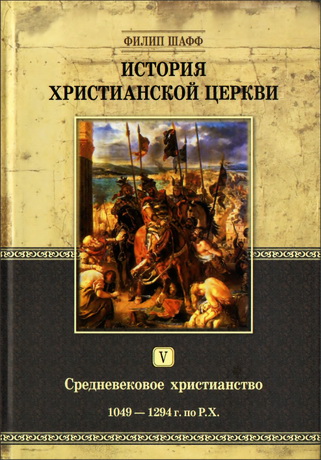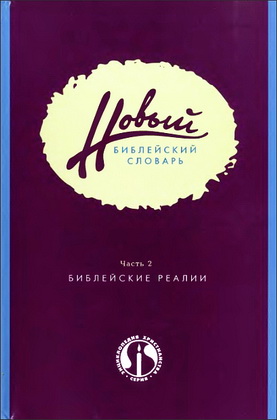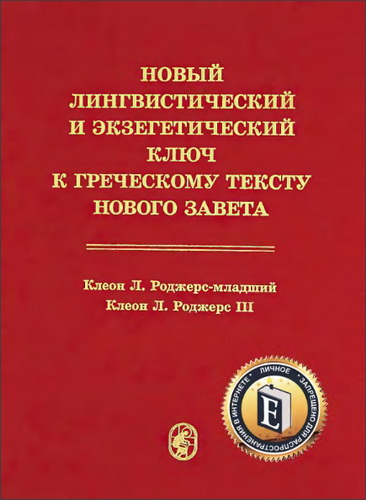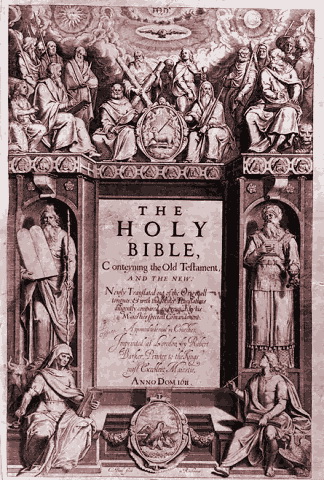
Davies - The setting of the Sermon on the Mount
The evidence presented above sufficiently justifies the claim that despite the 'doctrine' of the immutability of Torah, there were also occasional expressions of expectations that Тorah would suffer modification in the Messianic Age. There were some Halakoth which would cease to be applicable in that Age; others, by contrast, would acquire а new relevance.
It is important, however, to recognize explicitly that most, if not all, the changes envisaged were deemed to occur within the context of the existing Torah and presuppose the continuance of its validity. Moreover, the changes contemplated imply no necessary diminution in what we may be allowed to term the severity of the yoke of the Torah. On the contrary, that yoke, in some passages, was expected to become even heavier than in this age (see especially Midrash Tehillim cxlvi. 7). In addition we have to point out that much of the traditional Christian interpretation of some of the passages cited does violence to the text and has to be rejected. It may also be helpful to state at this point that in all the passages so far quoted the reference probably is to the Messianic Age as such.
W. D. Davies - The setting of the Sermon on the Mount
Cambridge, at the University Press 1964 - 565 p.
W. D. Davies - The setting of the Sermon on the Mount - Contents
Preface page
Abbreviations
I. Introductory
II. The Setting in Matthew
- 1. Pentateuch motifs
-
2. New Exodus and New Moses
- (а) The treatment of Mark and Q
- (h) Material peculiar to Matthew
- (с) Miracles
-
3. Mosaic categories transcended
- (а) The Christian life
- (h) Terminology
III. The Setting in Jewish Messianic Expectation
- The Old Testament
- The Apocrypha, Pseudepigrapha and Dead Sea Scrolls
- The Rabbinical sources
IV. The Setting in the Contemporary Judaism
- Gnosticism
- The Dead Sea Sect
- Jamnia
V. The Setting in the Early Church
- Anti-Paulinism
- Paul and Tradition
- Q and Crisis; Catechesis; the Pastorals
- М and Gemara
- The Epistle of James and the Johannine Sources
VI. The Setting in the Ministry of Jesus
- Transmission of his words
- The Teacher
- The Eschatological Preacher
- The Rabbi
- The demand of Jesus in its setting
VII. Conclusion
APPENDICES
I. Mekilta on Exod. xiv. 13-15
II. Mekilta on Exod. xv. 1-2
III. The Character of Matt. i and ii
IV. Isa. xli. 2 and the Pre-existent Messiah
V. Cesara la Тora en la Edad Messianica?
VI. The Role of Тorah in the Messianic Age
VII. Galilean and Judaean Judaism
VIII. The Doxology in Matt. vi. 1 3
IX. The Use of the Term in Gal. i. 18
X. Rabbis and their Pupils
XI. 'Wisdom' Sayings of Jesus
XII. The Influence of Catechisms on the Gospels
XIII. The Textual Problem of Mark х. 12
XIV. Echoes of Synoptic Words in John
XV. Reflections on а candinavian Approach to 'the Gospel Tradition'
Bibliography
Indices
I. Indices of Quotations
- А. The Old Testament
- В. The Apocrypha and Pseudepigrapha of the Old Testament
- С. The New Testament
- D. The Targums
- Е. The Dead Sea Scrolls
- F. Rabbinical Sources
II. Index of References to Classical and Hellenistic Authors and Extra-Canonical Christian Writings
III. Index of Authors
IV. Index of Subjects
W. D. Davies - The setting of the Sermon on the Mount - Preface
This volume grew out of the Syr D. Owen Evans's Lectures which I was honored to communicate to the University of Wales, at Aberystwyth, in 1957, and it is indissolubly linked with the memory of my friend, the late Vice-Chancellor, R. М. Davies, and with the courtesy of Acting-Principal Morton. I am grateful to the University authorities for their patience in waiting for the publication of the lectures in their present form. Different parts of the work were also delivered as the Duncan Lectures, at the Candler School of Theology, Emory University, Atlanta, Georgia; as the Chancellor's Lectures, Queen's University, Kingston, Ontario; as the Annual Lectures, Louisville Presbyterian Seminary, Kentucky; and at Minister and Cambridge Universities.
Part of а wider attempt to understand the interaction of Christianity and Judaism in the first century, the work is limited to an examination of influences, within and without the Church, which led to the concentrated presentation of moral teaching known as the Sermon on the Mount. It is not directly concerned with the content of that teaching, nor its significance for Christian doctrine or ethical theory, but only with the circumstances of its emergence and formulation. That such а historical theme can have theological significance I have ventured to suggest, without elaboration, in the conclusion.
Owing to the exigencies of printing, much material has been assigned to appendices. The reader is asked not to treat this as secondary but as integral to the argument. This applies especially to Appendix xv, which deals with recent Scandinavian studies. I thank Professors Van Unnik and Во Reicke, who edited the Freundesgabe for Dr Cullmann in which the material presented there first appeared, for permission to reprint it. I particularly regret that Dr Bertil Gerhardsson's significant volume, Memory and Manuscript, appeared too late for detailed use in the body of this work, as did also the important works Uberlie ferung und Auslegung im Matthiius-Evangelium, bу G. Bomkamm, G. Barth, and Н. J. Held (1960) and Das wahre lsrael, bу W. Trilling (1959).
It is а pleasure to express my gratitude: to the Research Council of Princeton University for making it possible for me to enjoy and profit from consultations with Professors Е. Stauffer, G. Friedrich and Н. J. Schopes at the University of Erlangen before this study had taken shape; and to the John Simon Memorial Guggenheim Foundation, New York City, for honouring me with а fellowship, in the summer of 1959, which enabled me to enlarge my understanding of the theme in talks with Professors С. Н. Dodd and David Daube in England and Professors Joachim Jeremias and К. Н. Rengstorf in Germany. My colleagues at Princeton University and Union Seminary have provided much stimulus. Professor James Muilenburg especially shared with me his deep knowledge and insight in Old Testament matters, and, on the Rabbinic side, I have been highly privileged in the ready helpfulness of President Louis Finkelstein, Professor Saul Lieberman and Rabbi Neil Gillman of the Jewish Theological Seminary of America, and Professor S. W. Baron of Columbia University. This privilege has to be experienced to be appreciated and has reinforced my awareness of the need for still greater co-operation between Jewish and Gentile students in an area where much, not only in the background of primitive Christianity, but in its very structure, can only be adequately revealed by Jewish scholarship.





Комментарии
Пока нет комментариев. Будьте первым!